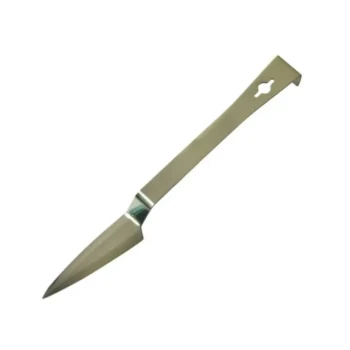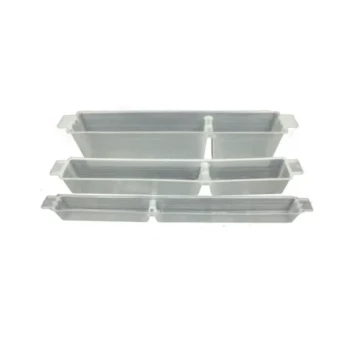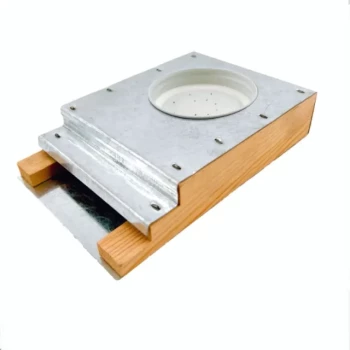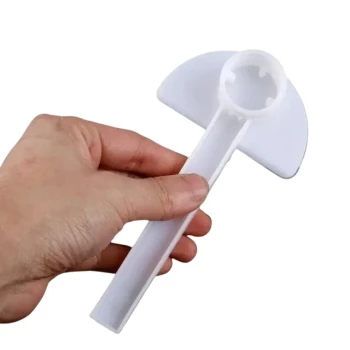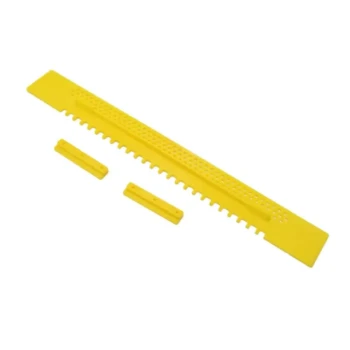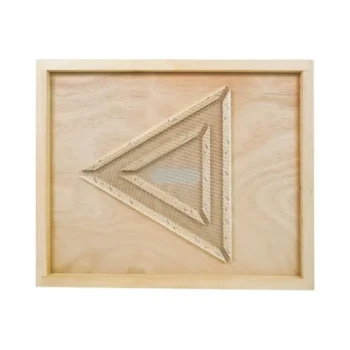As beekeeping evolves, plastic hives are gaining traction for their durability and operational efficiency. This guide examines how plastic hives compare to traditional wooden options in longevity, climate resilience, and disease management—helping commercial beekeepers and distributors make informed decisions.
Why Beekeepers Are Switching to Plastic Hives
Pre-Assembled Design: Saving Time for Colony Management
Plastic hives arrive ready to use, eliminating hours spent assembling wooden components. This streamlined setup allows beekeepers to focus on colony health rather than construction.
Wax Moth Resistance: Protecting Hives Long-Term
Unlike wooden hives, plastic resists wax moths—a common pest that destroys comb and weakens colonies. Research shows plastic frames reduce hive losses by minimizing larval infestations.
Durability in Action
Withstanding Mechanical Stress in Honey Extraction
Plastic frames endure repeated handling during honey harvesting without cracking or warping. Their structural integrity means fewer replacements, lowering long-term costs for high-volume apiaries.
Climate Resilience: Warping vs. Wooden Hives
While wooden hives warp in humidity, plastic maintains shape across temperature fluctuations. However, note that plastic can trap moisture; proper ventilation is critical to prevent mold (see Sanitation Advantages below).
Optimizing Beekeeping Efficiency
Black Frames and Queen Monitoring Workflow
Dark plastic frames improve visibility of eggs and larvae, simplifying queen health assessments. This design efficiency is particularly valuable for commercial operations managing hundreds of colonies.
Sanitation Advantages: Reducing Disease Risks
Non-porous plastic allows thorough sterilization between uses. Best practices include:
- Scrubbing with mild bleach solutions
- Air-drying away from direct sunlight to prevent warping
Addressing Sustainability Concerns
Lifespan Analysis: Plastic vs. Wooden Hives
Plastic hives outlast wood by years, resisting rot and pest damage. While wooden hives typically last 5–10 years, plastic variants often exceed 15 years with proper care.
Environmental Impact of Plastic Hive Production
Though plastic is non-renewable, its extended lifespan offsets frequent wood replacements. For eco-conscious operations, recycled materials and end-of-life recycling programs can mitigate footprint concerns.
Ready to upgrade your apiary’s efficiency? Explore HONESTBEE’s durable plastic hive solutions—designed to maximize productivity for commercial beekeepers and distributors.
Products You Might Be Looking For:
Explore durable plastic beekeeping frames
View auto-flow plastic hive frames
Check out queen bee transport tools
Visual Guide
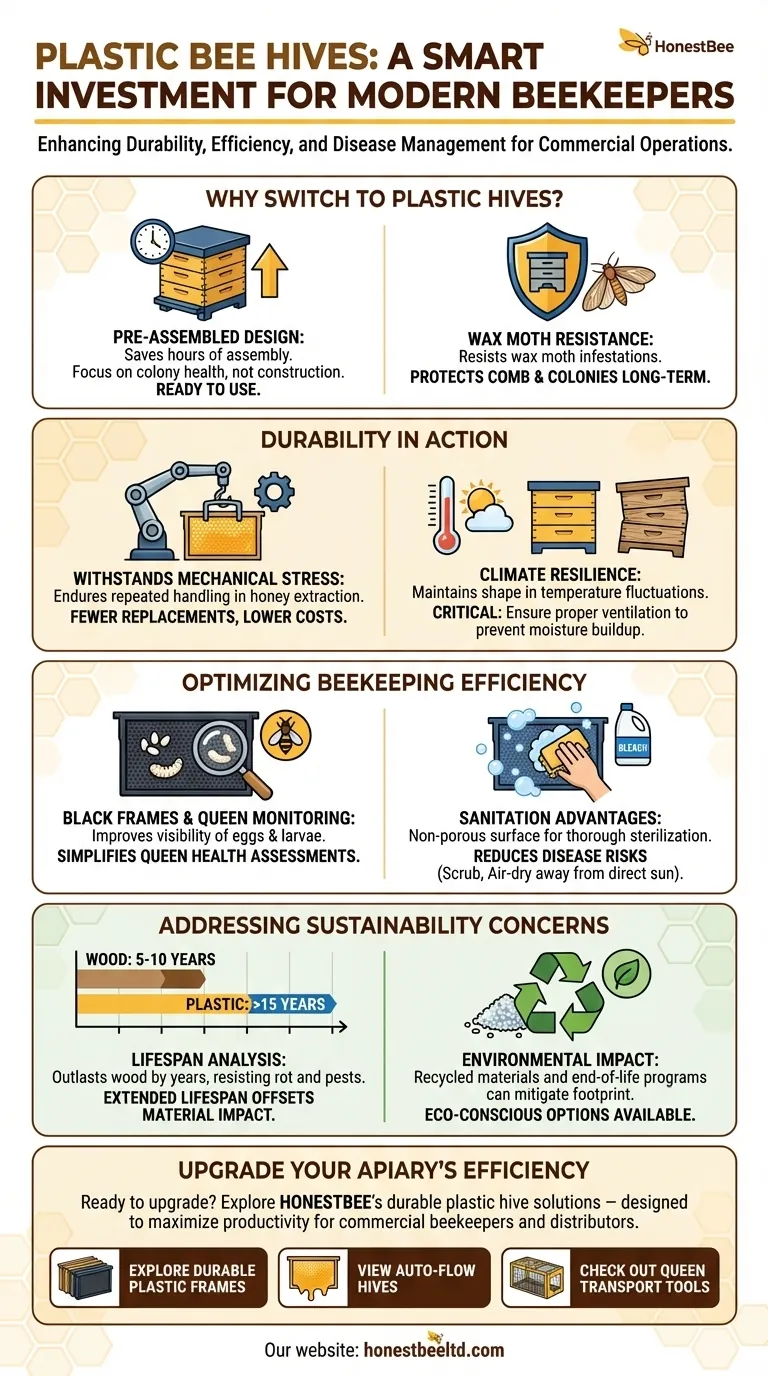
Related Products
- Professional Insulated Plastic Bee Hives
- HONESTBEE Professional Long Handled Hive Tool with Precision Cutting Blade
- Plastic Transporting Bee Packages and Nuc Boxes for Beekeeping
- Portable Bee Mating Hive Boxes Mini Mating Nucs 8 Frames for Queen Rearing
- Twin Queen Styrofoam Honey Bee Nucs Mating and Breeding Box
Related Articles
- The Essential Guide to Beehive Boxes: Maximizing Colony Health and Productivity
- Beyond Honey Harvesting: The Full Cycle of Flow Hive Stewardship
- How to Time Hive Insulation for Maximum Winter Bee Survival
- How to Choose Between Top Bar and Langstroth Hives for Effortless Beekeeping
- How Medium Boxes Elevate Beekeeping Efficiency: Ergonomics, Hive Health & Cost Savings


